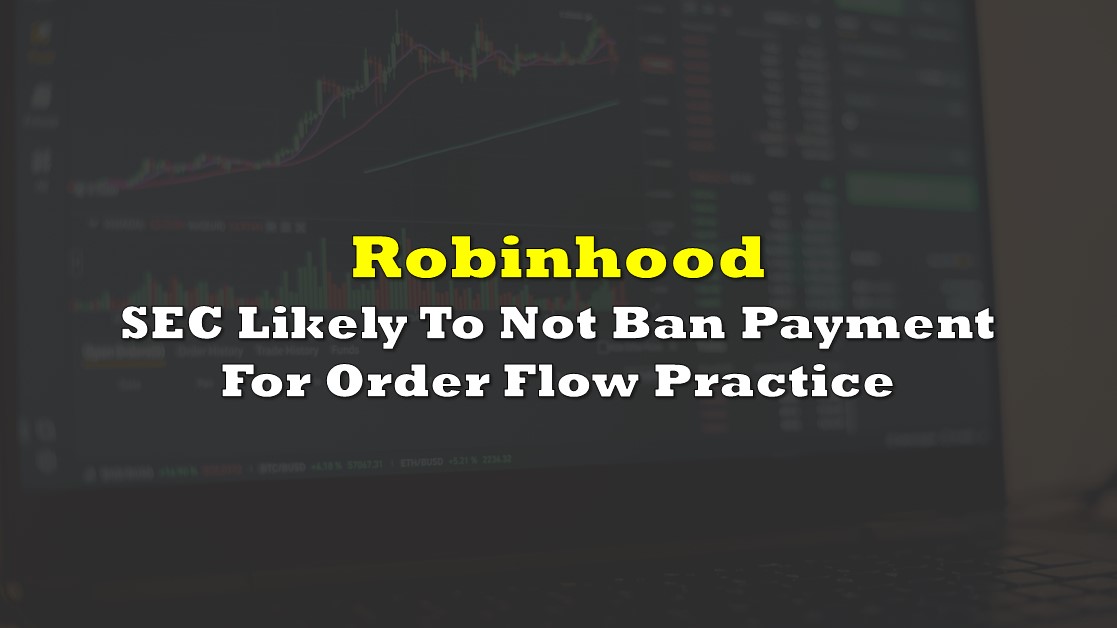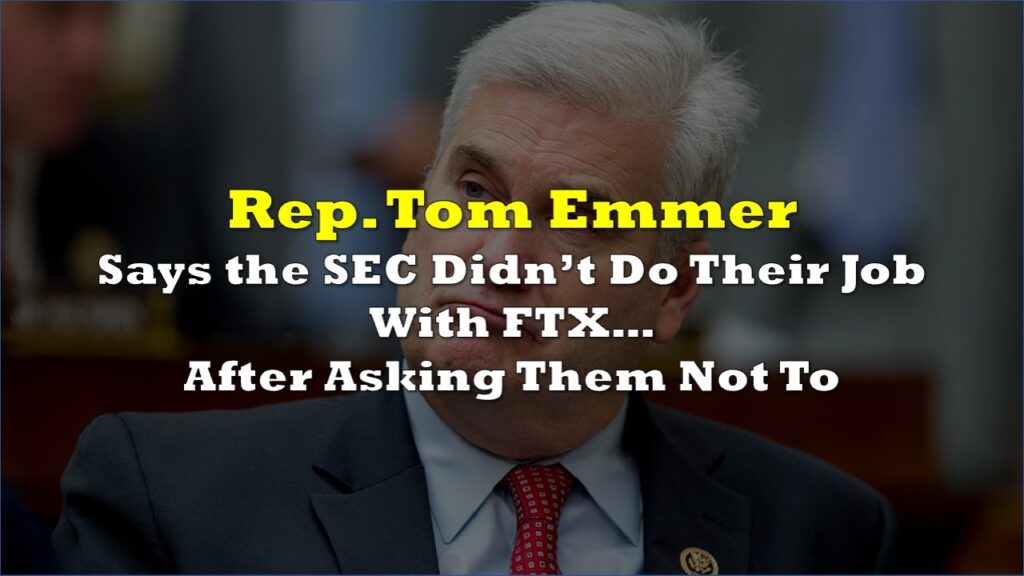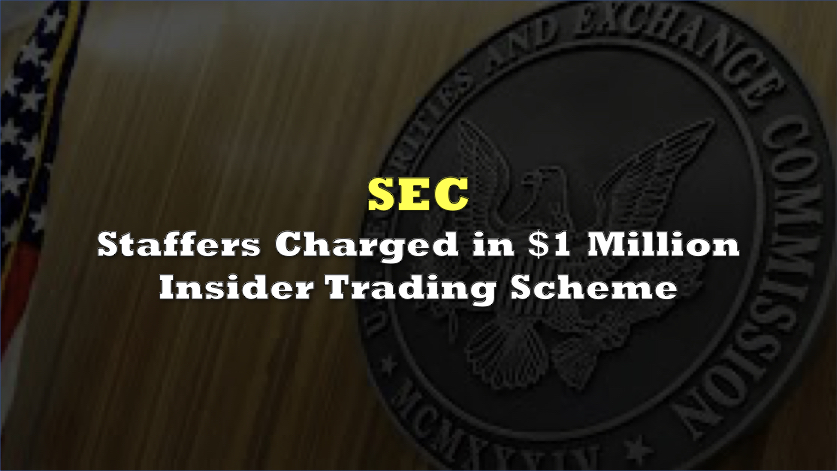On September 22, several media outlets reported that the U.S. Securities and Exchange Commission (SEC) would not ban the popular online brokerage firm practice of payment for order flow (PFOF), although it could institute changes that would make it less profitable for the brokers. Robinhood Markets, Inc. (NASDAQ: HOOD) relies on this trade routing methodology; the practice accounts for well over half its revenue.
This SEC stance should be considered a constructive development for Robinhood because SEC Chairman Gary Gensler had issued a string of blistering attacks on PFOF for many months, including as recently as June 2022. Consequently, many investors feared the practice would be severely curtailed as soon as this fall/winter. Given the significant magnitude of PFOF fees for both online brokers and other market makers and the financial strength of the affected firms, such a rule change would have represented perhaps the biggest change in U.S. stock market rules in ten years or more.
Nevertheless, and surprisingly, Robinhood’s stock fell nearly 3% to US$9.65 on the news. The decline could potentially represent an opportunity for speculative investors.
Under PFOF, an online brokerage firm directs clients’ orders — primarily from retail investors — to market makers in exchange for fees. The PFOF technique which allows Robinhood to charge no commissions is derided by full-service (commission-charging) brokers who contend that the practice results in a less favorable transaction price for the online broker’s clients.
Market makers such as Citadel Securities and Virtu Financial Inc., which pay fees to online brokers for order flow instead of competing for it, can generate more profits by executing retail orders internally than doing so on public exchanges.
Robinhood’s stock market capitalization is about US$8.5 billion. Its net cash position (as of June 30, 2022) is around US$5.8 billion, so Robinhood’s enterprise value is only around US$2.7 billion. Robinhood’s shares are down more than 85% from its all-time high achieved 13 ½ months ago.
The company’s adjusted EBITDA in 2Q 2022 was negative US$80 million, much improved from negative $143 million in 1Q 2022, and the company’s best quarterly performance on this measure since it posted positive US$90 million of adjusted EBITDA in 2Q 2021. In addition, the company’s ongoing expenses seem likely to fall in 3Q 2022 and 4Q 2022 after its recently announced 23% headcount reduction. The consequent likely improvement in its future earnings, coupled with the elimination of the risk that PFOF will be eliminated, improves Robinhood’s fundamental position.
Robinhood Markets, Inc. last traded at US$9.44 on the NASDAQ.
Information for this briefing was found via the SEC and the sources mentioned. The author has no securities or affiliations related to this organization. Not a recommendation to buy or sell. Always do additional research and consult a professional before purchasing a security. The author holds no licenses.









